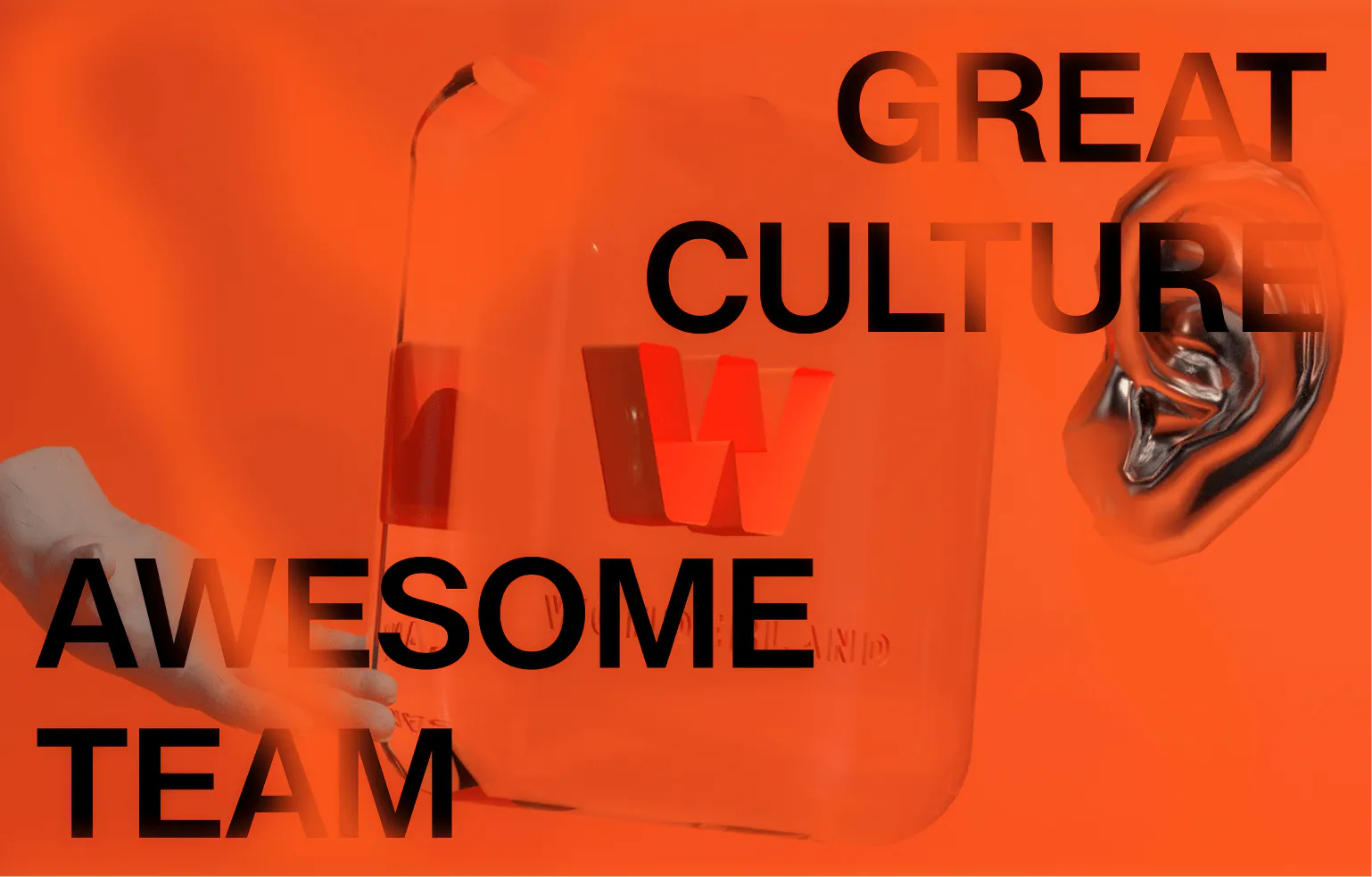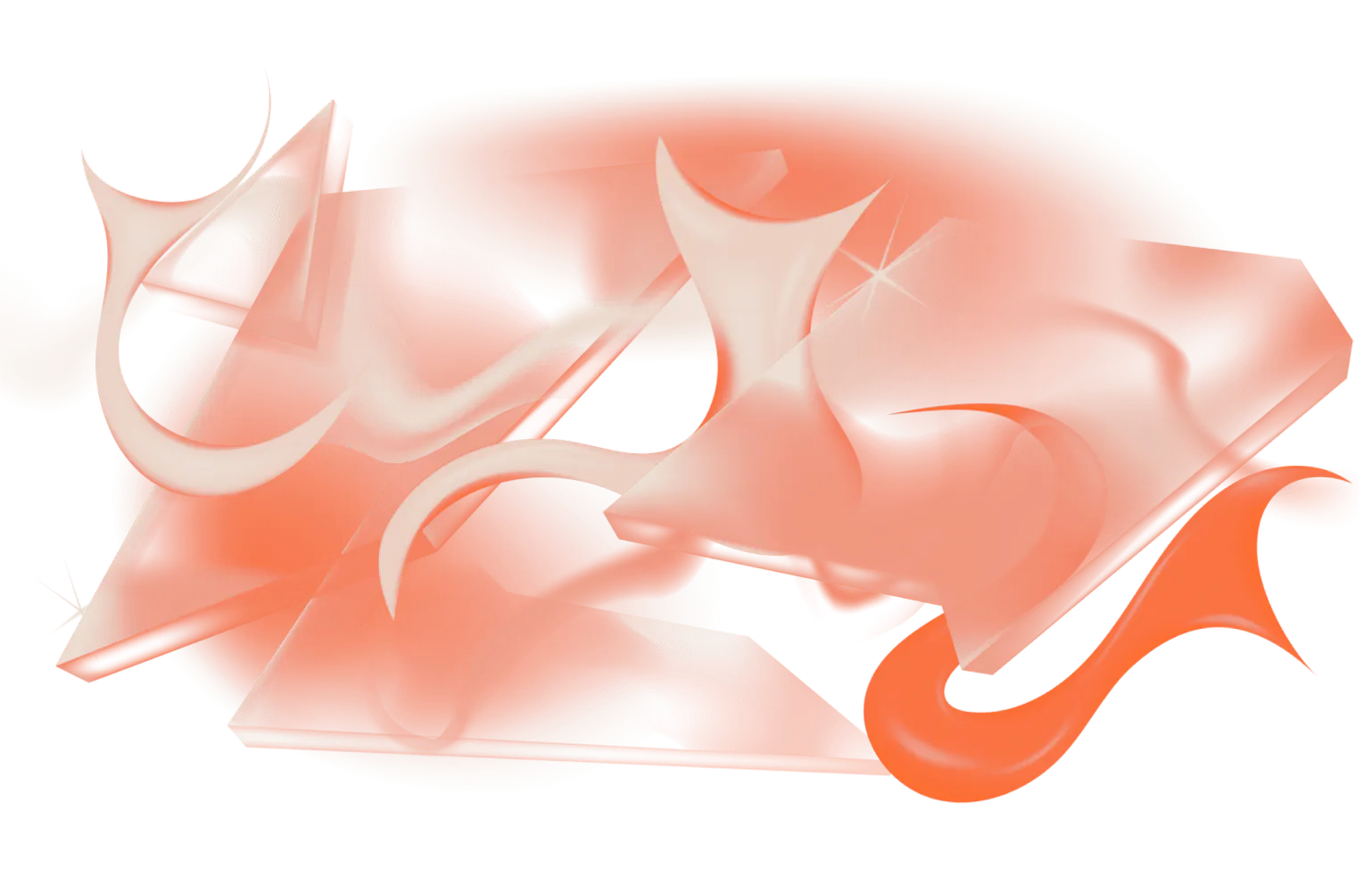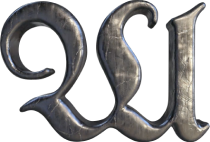![[Part 1] Our Data-Driven Approach to Creativity: … (Idea Page) orange and black theme illustration for [Part 1] Our Data-Driven Approach to Creativity: … (Idea Page) article](https://www.datocms-assets.com/74681/1657269018-1655969551-preview-website-v2.png?auto=compress&fm=webp)
[Part 1] Our Data-Driven Approach to Creativity: The Why
[Part 1] Our Data-Driven Approach to Creativity: The Why
Senior Client Manager and Strategist
Peter Sondergaard, back when he worked for Gartner, said that “information is the oil of the 21st century, and analytics is the [internal] combustion engine.” We're inclined to agree.
Peter Sondergaard, back when he worked for Gartner, said that “information is the oil of the 21st century, and analytics is the [internal] combustion engine.” It’s a fair statement, given how intrinsically embedded data has become in our world, and how ubiquitous its collection is today. From online shopping and social media to our cars and even our mattresses; almost everything appears to be a data collection point.
With the increasing prevalence of data - or more accurately, data collection - we have focused in on what this means for creativity, and our own creative processes. After all, what we design and create is ultimately done with the end user in mind. The customer is king, and while the client approves the brand and brand direction, it’s the customer who ultimately buys into it, and aligns it with their own values.
![[Part 1] Our Data-Driven Approach to Creativity A visual with different shades of orange and black background to represent an article about [Part 1] Our Data-Driven Approach to Creativity](https://www.datocms-assets.com/74681/1657273148-1655979435-linkedin-compositing-v3.png?auto=compress&fm=webp)
In the past we used to design brands based on our gut feel, with the ultimate direction heavily influenced by an extensive discovery phase. In doing this, our desk research into the competitor and market landscape helped us to build an idea of what was working, and what wasn’t, and to isolate opportunities for differentiation. But it was still largely motivated by our own views of what was good design, and what wasn’t.
We realised that, in speaking to our clients, that very few creative partners play in the data space beyond a little Google Analytics work here and there. They of course conduct surveys and focus groups etc. through their processes, but actual deep-diving data work is very limited. With this insight, we began to play and experiment with data, and look for opportunities to use it to improve our creative outputs and process.
While it’s still early days, we’ve definitely seen some early successes in our use of data. Already we’ve used it to better understand naming conventions in certain categories before suggesting our own ideas, and we’ve gathered key insights for logo and brand design to better validate our work. Now however, we’re working to really understand where the biggest opportunities lie, and how we can dive deeper into the use of data and create additional and more meaningful value for our customers, and their clients.
Written by our Junior Data Scientist Molly Rooyakkers, Part 2 will be dropping in the next few weeks where she'll dive into how data plays in our creative process, and what we've learned along the way.

![[Part 2] Our Data Driven Approach to Creativity: … (Idea Page) orange and black theme illustration for [Part 2] Our Data Driven Approach to Creativity: … (Idea Page) article](https://www.datocms-assets.com/74681/1657269007-1657197946-front-cover-bg.png?auto=compress&fm=webp)


